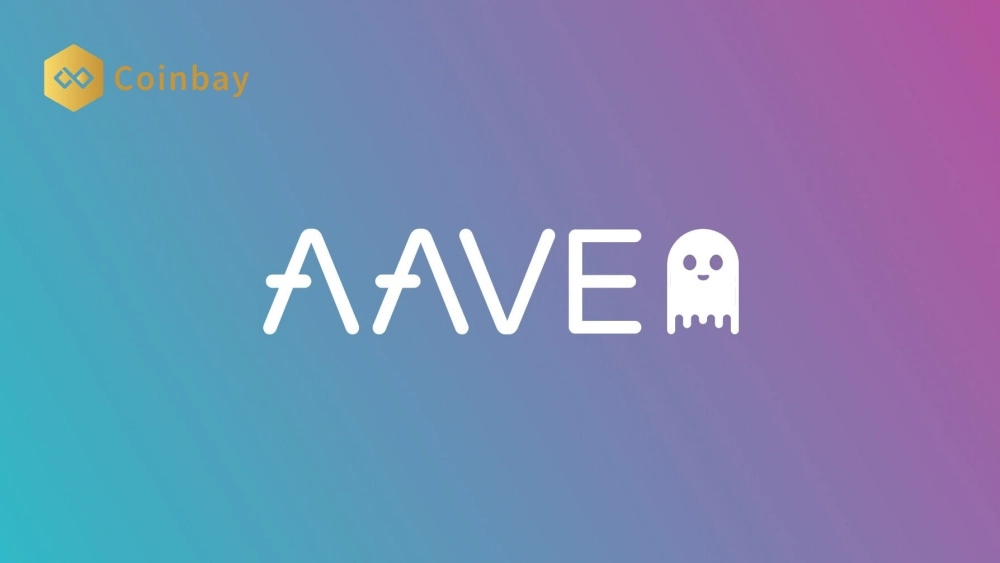The upcoming Bitcoin difficulty adjustment scheduled for February 15, 2024, is anticipated to bring a substantial increase in the network’s complexity for miners. This projected rise, estimated to range between 8.45% and 9.2%, would represent the most significant difficulty surge witnessed in 2024 thus far.
Bitcoin difficulty is set to undergo a significant increase
In 2024, there have been three difficulty epochs, including one decrease and two increases. The most recent increase, recorded on February 2, 2024, saw a 7.33% uptick. However, the forthcoming adjustment is expected to surpass this, with forecasts suggesting an increase ranging from 8.45% to 9.2%.
The Bitcoin network employs a difficulty adjustment mechanism to maintain an average block production time of approximately ten minutes per block. This adjustment occurs roughly every 2,016 blocks, based on the time required to mine the preceding epoch. If these 2,016 blocks are mined in less than two weeks, an increase in difficulty typically follows.
Conversely, if mining the epoch takes longer than two weeks, indicating block times have exceeded the ten-minute norm, a decrease in difficulty is expected. At present, block intervals are averaging between eight minutes and 45 seconds to nine minutes and seven seconds for each block discovered, as observed at block height 830,287.
The seven-day simple moving average (SMA) for Bitcoin’s hashrate is maintaining a pace of 597 exahash per second (EH/s). Throughout the recent mining of 2,016 blocks, the average hashrate recorded for this period stood at 586.3 EH/s. With 9,715 blocks remaining until the anticipated fourth reward halving, scheduled on or around April 19, 2024, miners have been increasing the network’s computational strength and difficulty every few weeks.
Impact of the difficulty on the mining landscape
Last week, the hashrate reached an all-time high, and the network difficulty peaked at an unprecedented 75.50 trillion. If the minimum anticipated increase takes effect, the difficulty is poised to surpass the 80 trillion mark.
Bitcoin’s increasing difficulty and hashrate reflect the ongoing competition among miners to validate transactions and secure the network. As more miners participate, the computational power required to mine new blocks also increases, resulting in higher difficulty levels.
The trend of rising difficulty underscores the evolving nature of Bitcoin mining, which has become more competitive and resource-intensive over time. Miners must continually invest in advanced hardware and access low-cost electricity to remain profitable in this competitive landscape.
The upcoming difficulty adjustment is closely watched by the cryptocurrency community, as it can impact mining profitability and network security. A significant increase in difficulty may lead to higher mining costs for participants, potentially affecting the decentralization of the network if smaller miners are priced out of the market.
Overall, the upcoming Bitcoin difficulty retarget on February 15, 2024, represents a pivotal moment for the network, highlighting the ongoing evolution and challenges faced by participants in the Bitcoin mining ecosystem.





